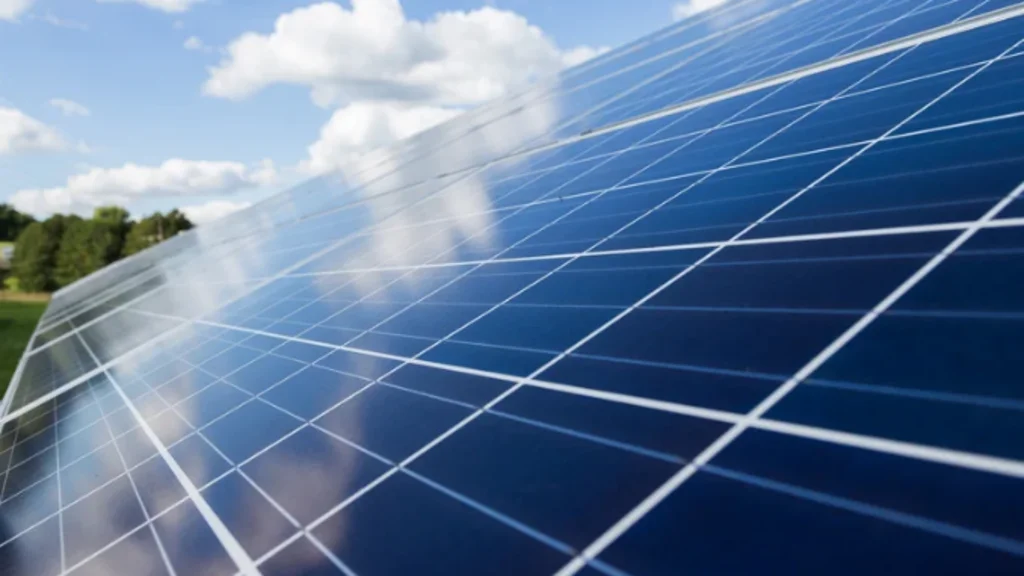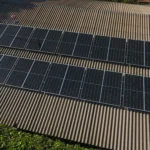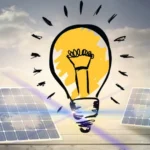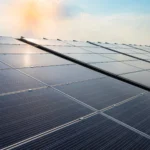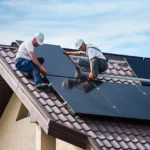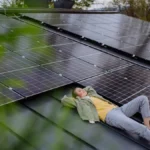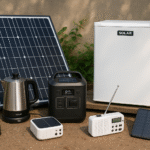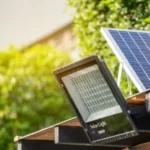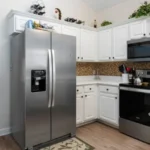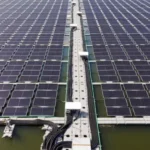Imagine investing in a solar panel system that’s both cost-effective and trusted globally for high performance. That’s what Jinko Solar Panels aim to deliver, but do they really hold up in real-world scenarios?
Whether you’re a homeowner trying to lower energy bills or a business owner exploring sustainable power solutions, this article will help you decide if Jinko is the right brand for your needs.
Why Jinko Panels Have Earned Global Trust
Jinko Solar has grown from a modest manufacturer in China to one of the top solar panel brands globally. As of 2025, JinkoSolar has shipped over 200 GW of panels across more than 160 countries.
Its appeal lies in advanced engineering, affordability, and consistent performance in diverse weather and lighting conditions.
Key Features of Jinko Solar Panels
- High module efficiency (up to 22.3%)
- Advanced N-type TopCon technology
- Performance warranty of 25–30 years
- Strong wind and snow load resistance
- Bloomberg Tier 1 manufacturer rating
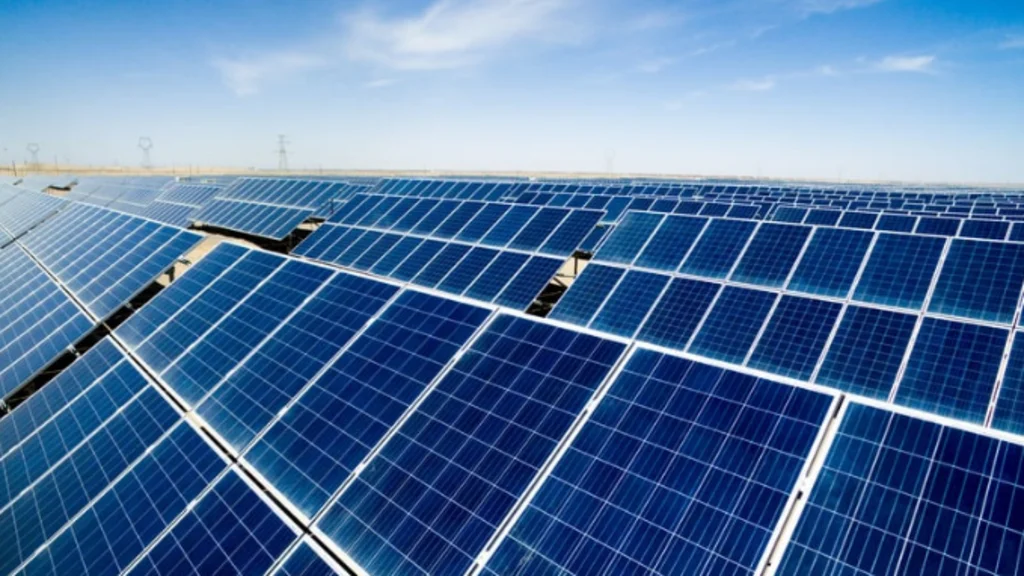
Types of Jinko Solar Panels You Can Choose From
Not all solar panels are created equal, and Jinko offers several product lines to suit various residential and commercial setups. Choosing the right model depends on your energy usage, roof space, and local weather.
Tiger Neo N-Type Series
This series is Jinko’s flagship, using high-efficiency N-Type TopCon cells that outperform conventional P-Type modules. They’re excellent in cloudy or shaded environments.
- Power Output: 430W–620W
- Efficiency: Up to 22.3%
- Best for: Premium residential and commercial setups
Eagle Series
A more budget-friendly line, the Eagle series provides solid performance with monocrystalline PERC technology. It’s a go-to option for many standard rooftop systems.
- Power Output: 330W–405W
- Efficiency: Around 19.5%–20.4%
- Best for: Residential and small business installations
Visit here : Solar panel output.
How Jinko Panels Perform in Real-World Conditions
Lab specs are helpful, but what happens when panels face dirt, rain, and variable sunlight? Jinko panels are designed to minimize losses and maintain performance even when conditions aren’t perfect.
One homeowner in southern California saw a 15% increase in energy output after a simple cleaning of their Jinko array. Though advertised as self-cleaning, panels still collect dust, pollen, and bird droppings.
Cleaning and Maintenance Best Practices
- Clean every 3–4 months or after major weather events
- Use a soft brush and distilled water (no high-pressure spray)
- Avoid cleaning under full sun to prevent thermal stress
In another case, a small commercial setup in Texas underperformed by nearly 20% due to an inverter mismatch. Once replaced with a compatible hybrid inverter, the system stabilized and met its projected output levels.
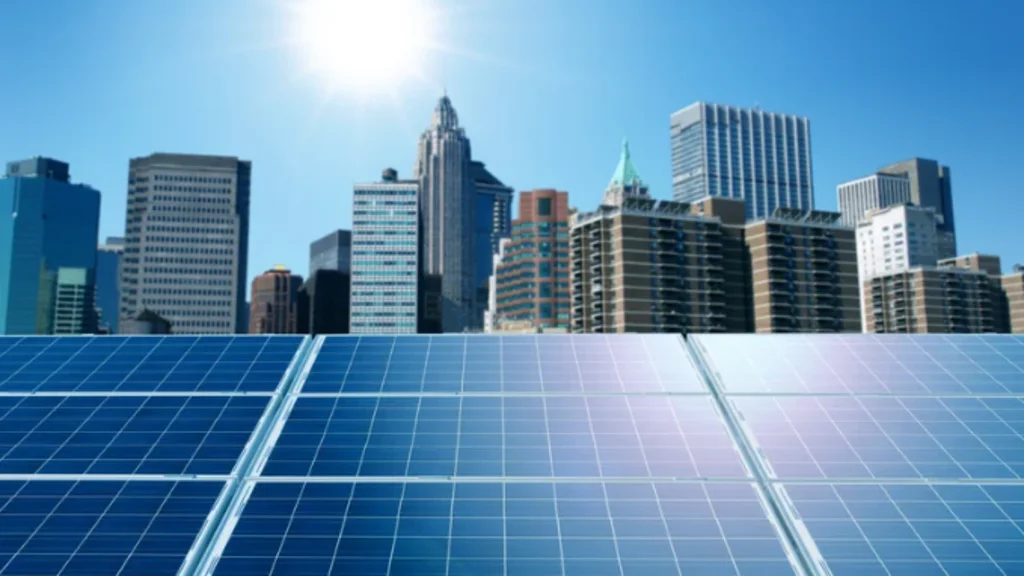
Are Jinko Panels Good for EV Charging?
If you’re considering pairing solar power with electric vehicle charging, Jinko Solar Panels can definitely support that setup. With enough panels and a smart inverter, daily charging becomes a seamless part of your home energy ecosystem.
For most households, a 7kW–10kW system will cover EV charging and general home use. For example, 18–24 Jinko panels rated at 480W each can support a mid-size EV like a Tesla Model 3 with daily use.
What You’ll Need for Solar EV Charging
- Minimum of 6.5kW system size
- Smart inverter with EV charger compatibility
- Optional battery storage for nighttime charging
Click here : solar panel construction.
How Jinko Solar Panels Compare to Other Brands
Jinko strikes a balance between affordability and advanced technology. While they’re not the most efficient on the market, they offer excellent value for the price and are known for durability.
| Feature | Jinko Solar | SunPower | Canadian Solar | REC |
| Efficiency (max) | 22.3% | 22.8% | 21.3% | 22.0% |
| Warranty | 25–30 yrs | 25–40 yrs | 25 yrs | 25 yrs |
| Price Range (per watt) | $2.40–$2.80 | $3.30–$3.90 | $2.30–$2.75 | $2.70–$3.20 |
| Best For | Cost-conscious buyers | Premium installs | Value installs | Aesthetics and performance |
Battery Compatibility and Storage Advice
Although Jinko doesn’t manufacture batteries, its panels are compatible with popular solar storage solutions. This is key if you want backup power during outages or plan to run appliances overnight.
Recommended storage pairings include:
- Tesla Powerwall 2 or 3
- Enphase IQ Battery
- LG RESU
- Sonnen Eco
Battery Care and Optimization
- Avoid frequent deep discharges below 20%
- Use time-of-use programming to avoid peak grid rates
- Maintain batteries between 40–85% charge for optimal lifespan
- Keep firmware updated on batteries and inverters for compatibility
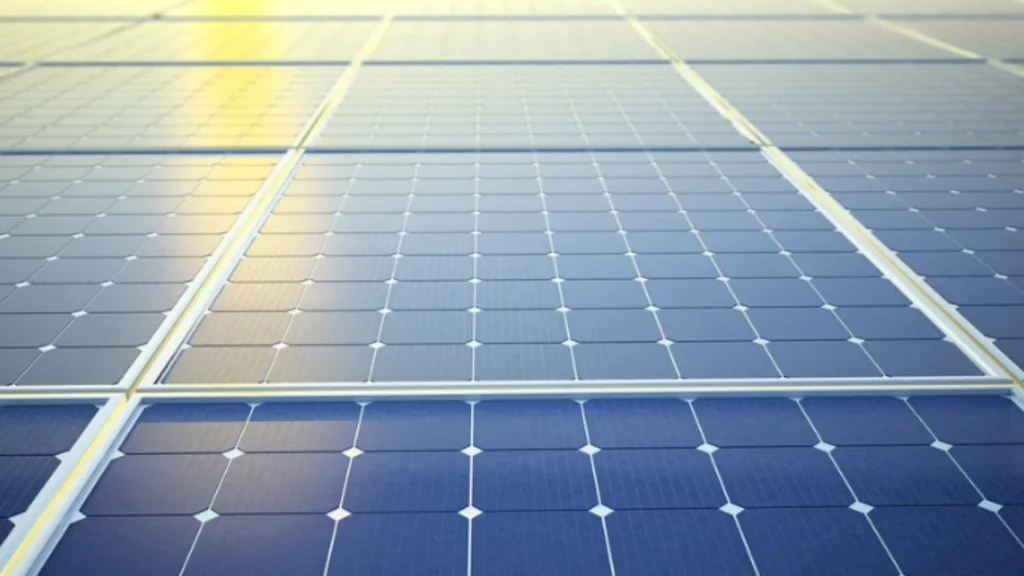
Can You Use Jinko Panels in Off-Grid Setups?
Yes, and they’re pretty effective in off-grid environments when paired with the right inverter and battery bank. Their efficiency and reliability make them a smart choice for cabins, RVs, and remote structures.
In one off-grid installation in Montana, a homeowner used 14 Tiger Neo 475W panels, a Victron hybrid inverter, and 20kWh of lithium batteries to power a cabin that ran Wi-Fi, lighting, a fridge, and tools all without any grid connection.
What You Should Know Before Buying
Jinko Solar Panels offer excellent performance and value, but like any solar product, they have limitations. Understanding these can help you make an informed decision.
- They’re not the most efficient panels available
- Aesthetic options are more limited than those of premium brands
- Some installers may lack experience with Jinko’s newer N-Type modules
Always choose a certified installer who has worked with Jinko panels to ensure proper configuration and warranty compliance.
Average Pricing for Jinko Systems in 2025
While prices vary by state and installer, here are some ballpark figures for U.S. systems using Jinko panels:
| System Size | Number of Panels | Estimated Cost (before incentives) |
| 6 kW | ~14 | $14,000 – $17,000 |
| 8 kW | ~18 | $17,500 – $21,000 |
| 10 kW | ~24 | $20,000 – $25,000 |
You may also qualify for the 30% Federal Solar Tax Credit, which can reduce your total cost significantly.
Ready to Get the Most From Your Solar Panels?
If your system hasn’t been inspected or cleaned in the last three months, you could be losing up to 20% of your potential solar output. Whether you’re already using Jinko Solar Panels or considering an upgrade, now is the time to maximize your investment.
Book a system checkup today and make sure your solar setup is running at peak efficiency.
FAQ
Are JinkoSolar panels made?
Yes, JinkoSolar panels are manufactured using high-efficiency monocrystalline silicon cells. They feature advanced N-Type TopCon or PERC technology depending on the model.
Which country produces JinkoSolar panels?
JinkoSolar is headquartered in Shanghai, China, but has manufacturing facilities in China, Malaysia, and the United States. The company has been expanding global production to meet rising demand.
What are the top 5 solar panel companies?
As of 2025, the leading solar panel companies based on global shipments and reliability are:
- Jinko Solar
- LONGi Green Energy
- Trina Solar
- JA Solar
- Canadian Solar
Who manufactures solar panels?
A mix of global corporations and local firms manufactures solar panels. Some of the biggest names include Jinko Solar, SunPower, LG, Trina Solar, Q Cells, and Canadian Solar.
Who are the top 5 solar panel manufacturers?
The top five by global production volume and bankability in 2025 are:
- Jinko Solar
- LONGi Green Energy
- Trina Solar
- JA Solar
- Canadian Solar

